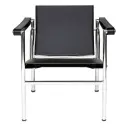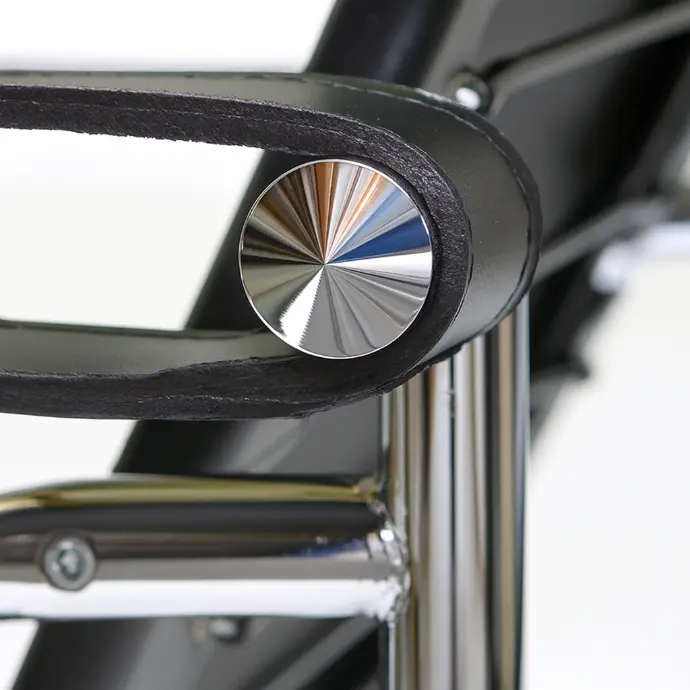
Product Details

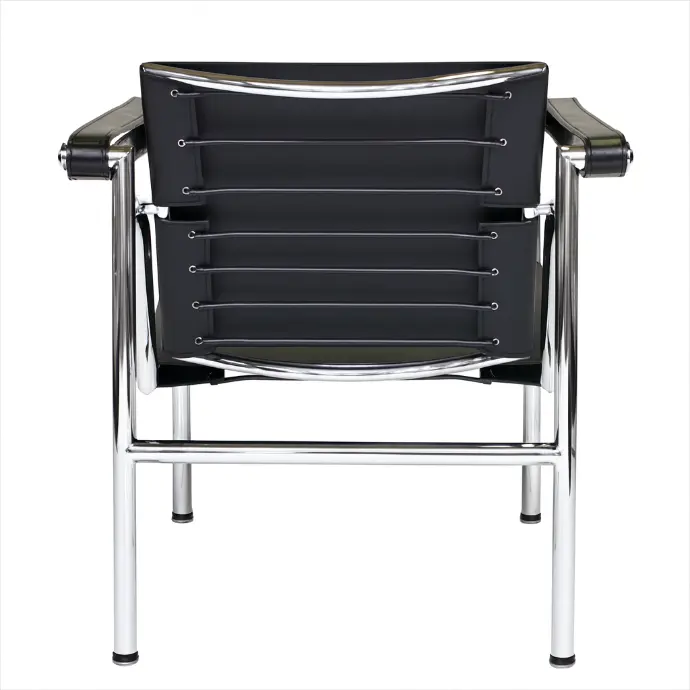
Comfort & Functionality
The taut leather upholstery offers firm yet flexible seating comfort, adapting slightly to body movement while retaining its shape. The pivoting backrest enhances ergonomics by adjusting to posture without mechanical complexity. Lightweight and compact, the LC1 Basculant Chair is easy to reposition and integrates seamlessly into modern interiors. Its minimalist architectural presence makes it a versatile Bauhaus classic for residential or professional settings.
Materials & Finish
The LC1 Basculant Chair features a tubular steel frame in polished chrome, resistant to scratches and corrosion. The seat, backrest, and armrests are upholstered in premium aniline leather, hand-stitched and tensioned to provide durability and a refined finish. The contrasting use of slender steel and natural leather reflects Bauhaus principles of structural clarity and material honesty.
Construction
The chair is built from precision-bent tubular steel, welded and polished for rigidity while maintaining a lightweight appearance. The seat and backrest are suspended within the frame using tensioned leather straps, secured with concealed fasteners for a clean geometry. The adjustable backrest pivots on a steel axis, allowing the user to shift posture comfortably. Reinforced seams on the leather ensure resilience under daily use.
Size and Packaging of the Product

Product Dimensions
Item is fully assembled

Box Dimensions
packed in 1 Box
Available Upholstery Options
Thick, full-grain belting leather (≈ 5–6 mm), vegetable-tanned and aniline-dyed, with a smooth, nearly texture-free finish yet remarkable durability.

red
leather

white
leather

cognac
leather

black
leather
Le Corbusier
Le Corbusier (1887–1965), born Charles-Édouard Jeanneret-Gris in Switzerland, was a pioneering architect, urban planner, and designer, widely regarded as a master of modernism. He developed radical ideas of functional, rational architecture, emphasizing light, proportion, and open space. His influential works include the Villa Savoye in France, the Unité d’Habitation in Marseille, and the city plan for Chandigarh, India. Le Corbusier also designed iconic furniture pieces, such as the LC2 and LC4, in collaboration with Pierre Jeanneret and Charlotte Perriand. Advocating the “machine for living” philosophy, he reshaped architectural thought and left a lasting global legacy in modern design.
?unique=0584de2)



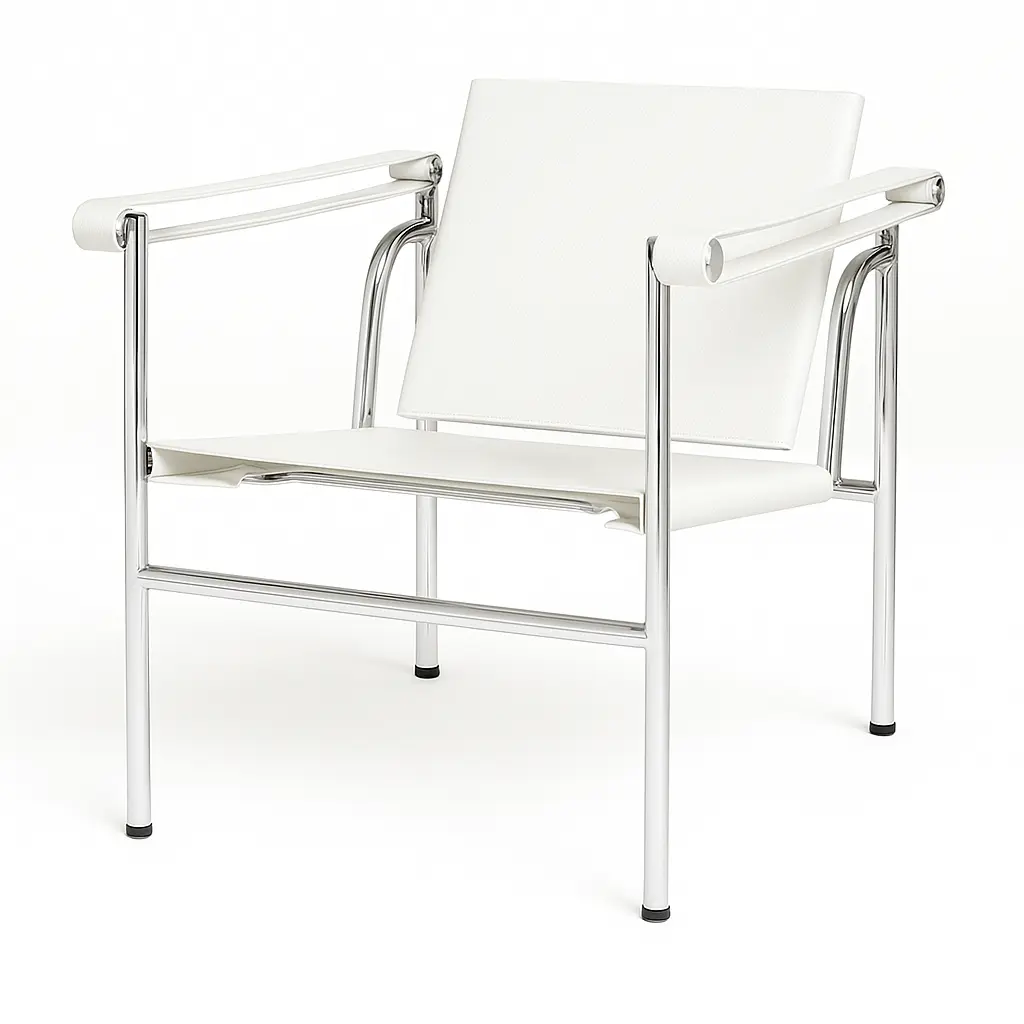
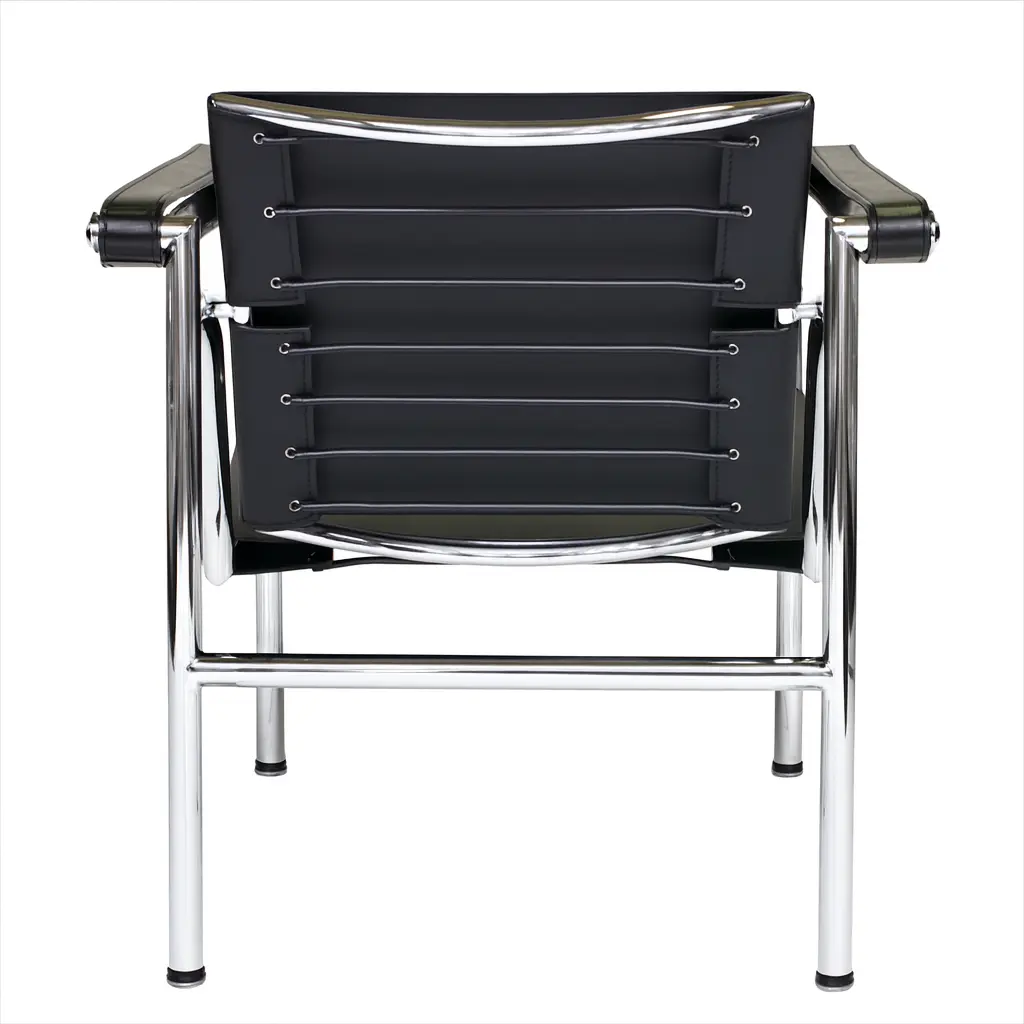
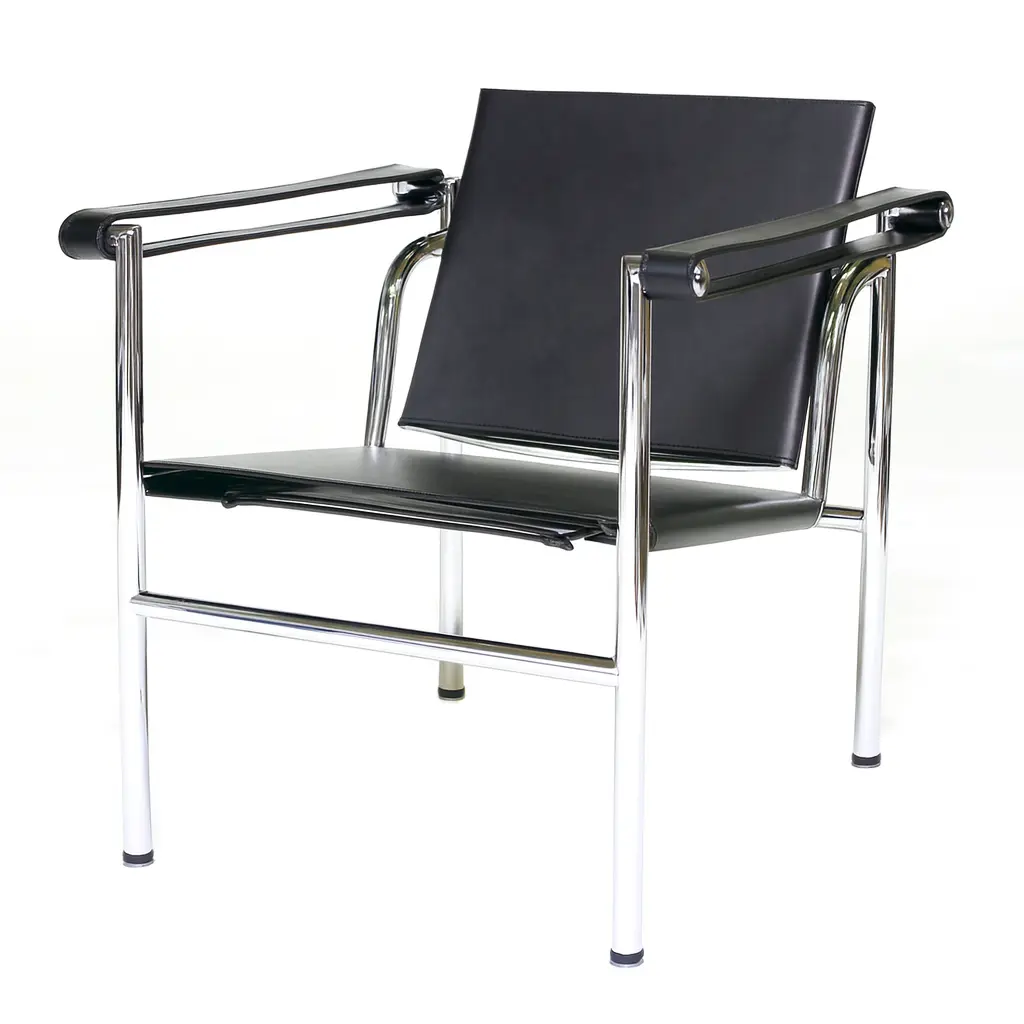
?unique=0584de2)
